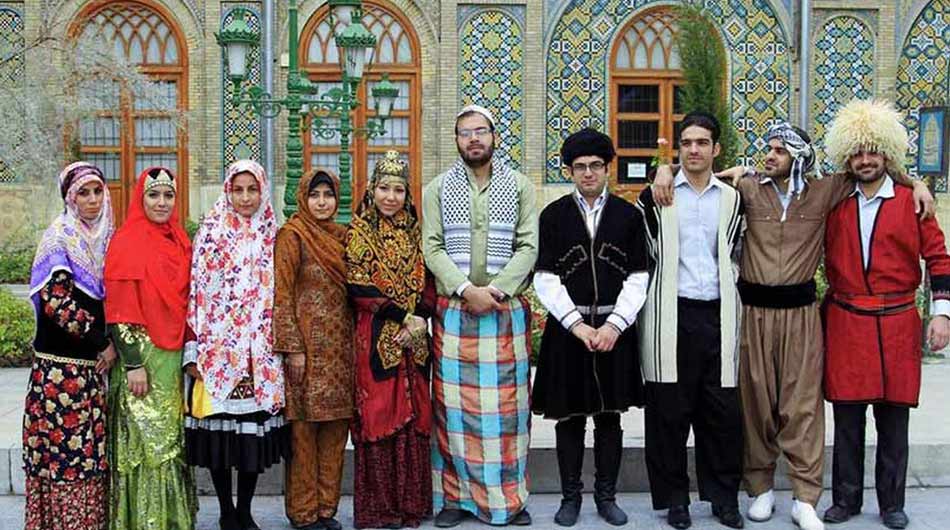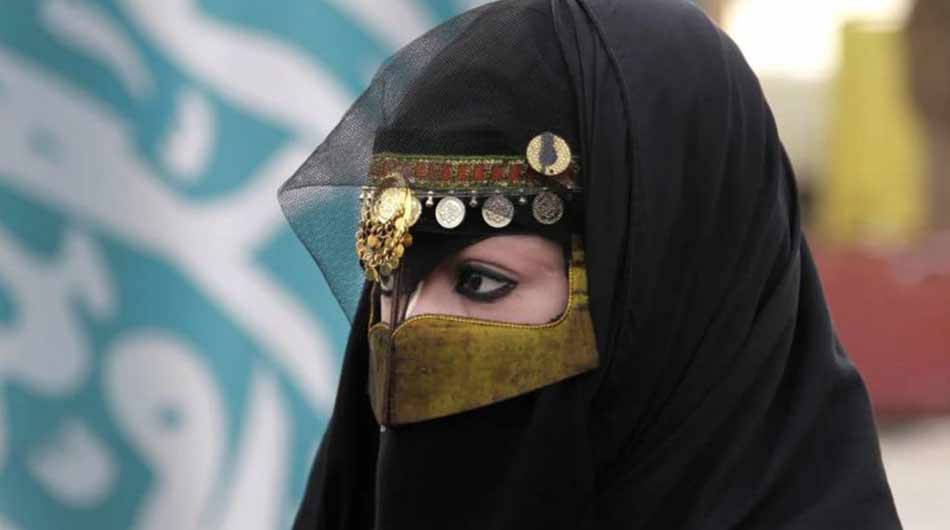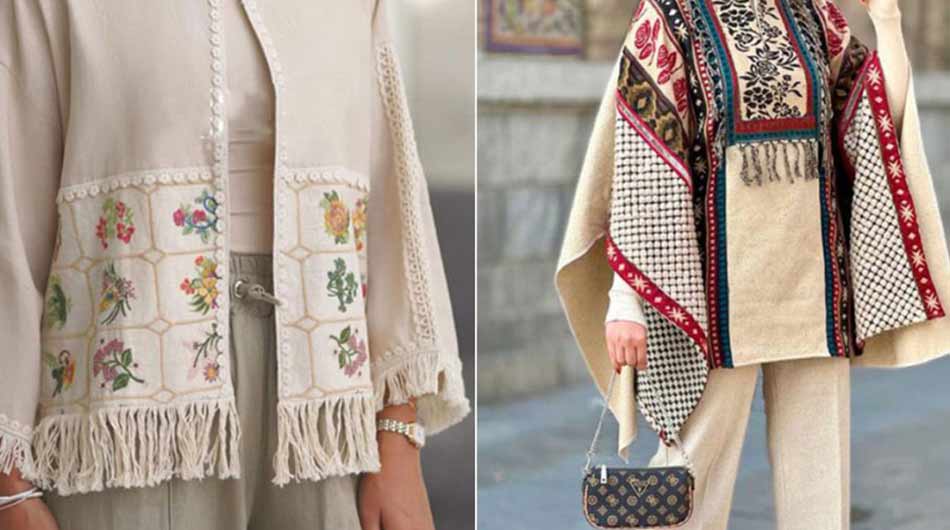Traditional Clothing: Iranian Fashion Through the Ages
Iranian fashion is a beautiful amalgamation of cultural influences, environmental adaptations, and artistic expressions, each era leaving its unique imprint on the attire of the time. This article delves into the fascinating journey of Iranian fashion, highlighting key elements and changes from ancient times to the present day.
Ancient Persian Era
The roots of Iranian fashion can be traced back to the Achaemenid Empire (550-330 BCE), where clothing was not only a necessity but also a symbol of status and identity. The Persians were known for their elaborate and ornate garments. Men typically wore long robes, trousers, and felt caps, often accessorized with jewelry. Women’s clothing included long dresses, veils, and elaborate headdresses. The materials used were primarily wool and linen, richly adorned with embroidery and precious metals. The opulence of the Achaemenid attire reflected the empire’s wealth and sophistication.
Sassanian Influence
During the Sassanian Empire (224-651 CE), Iranian fashion saw further refinement and complexity. The Sassanians introduced luxurious silk fabrics, heavily influenced by trade along the Silk Road. Clothing became more decorated with intricate patterns, featuring motifs such as animals, plants, and mythological figures. The attire of this period was characterized by tunics, wide-legged trousers, and cloaks for men, while women’s fashion included long, flowing gowns with fitted bodices. The Sassanians also popularized the use of colorful dyes, adding a vibrant palette to Iranian attire.
Islamic Period
The advent of Islam in the 7th century brought significant cultural and social changes to Iran, which were also reflected in fashion. Modesty became a central theme in clothing, with an emphasis on covering the body. The chador, a full-body cloak worn by women, became widely adopted. Men’s clothing included long robes known as ‘aba’ and loose trousers. The Islamic period also saw the introduction of the turban, a headgear that became a symbol of scholarly and religious status. Despite these changes, regional variations and traditional elements continued to influence everyday attire, creating a unique blend of Islamic and Persian styles.
Safavid and Qajar Dynasties
The Safavid (1501-1736) and Qajar (1789-1925) dynasties were pivotal in shaping modern Iranian fashion. During the Safavid era, Persian art and culture flourished, and this was mirrored in clothing. The Safavids were known for their elaborate court attire, featuring rich silks, brocades, and velvets. Men wore long coats called ‘qaftans’ and women adorned themselves in multi-layered dresses with intricate embroidery. The Qajar period continued these traditions but also saw European influences. Women began to wear shorter jackets over their dresses, and the fashion for men included frock coats and trousers. The Qajar era also popularized the use of the ‘hijab’ and ‘ru-band’, a face veil, adding another layer to women’s traditional attire.
Pahlavi Era and Modernization
The Pahlavi dynasty (1925-1979) marked a period of modernization and westernization in Iran. Reza Shah Pahlavi implemented policies to reduce the influence of traditional clothing, promoting Western-style attire as a symbol of progress. Men adopted suits and ties, while women were encouraged to unveil and wear modern dresses. This period saw a significant decline in the use of traditional garments, although rural and nomadic communities continued to preserve their distinctive styles.
Contemporary Iranian Fashion
The 1979 Islamic Revolution brought about a resurgence of traditional and Islamic clothing in Iran. The government enforced dress codes based on Islamic principles, leading to widespread adoption of the hijab and modest clothing for women. However, contemporary Iranian fashion is a dynamic field that blends tradition with modernity. Iranian designers are creating innovative styles that respect cultural norms while incorporating global fashion trends. Women’s fashion today includes stylish manteaus (coats), headscarves, and long dresses, often featuring traditional embroidery and patterns. Men’s fashion has also evolved, with many opting for a mix of Western and traditional elements.
The Role of Regional and Ethnic Diversity
Iran’s diverse ethnic groups contribute significantly to the country’s rich tapestry of traditional clothing. Each region has its unique styles, fabrics, and accessories. For instance, the colorful and heavily embroidered garments of the Kurdish people, the intricate needlework of the Baluchis, and the vibrant dresses of the Qashqai nomads highlight the incredible variety within Iranian fashion. These regional costumes are often worn during festivals, weddings, and other cultural events, showcasing the country’s rich heritage.
Conclusion
Iranian fashion is a testament to the country’s rich history and cultural diversity. From the grandeur of ancient Persian attire to the contemporary blend of tradition and modernity, Iranian clothing has continually evolved while preserving its unique identity. As Iran navigates the complexities of the modern world, its traditional fashion remains a vital link to its glorious past, reflecting the resilience and creativity of its people.
Tags:Adventure holidays, Best time to travel to iran, best tour operator iran, Cultural sites of Iran, Culture Iran, Culture of Iranian People, Holiday in Iran, Iran, Iran Architectural, iran attractions, Iran cultural, iran destinations, Iran sightseeing tours, iran Solo trip, iran tour, Iran tour packages, iran tourist attractions, Iran travel agency, iran travel expenses, Iran Travel Guide, Iran Travel Tips, Iranian breads, Iranian Cuisine, Iranian culture, Iranian Fashion, must-visit Iran, persia tour, Surfing In Iran, top tourist destinations, travel to iran, travelling to iran, trip to iran, Types of Iranian Breads, vacation packages, visit iran, درنا گشت



